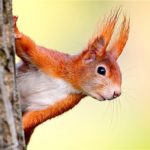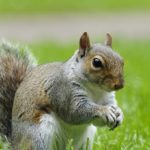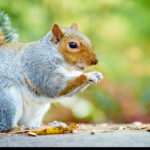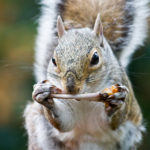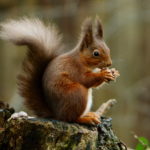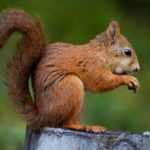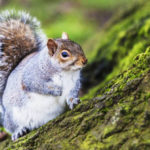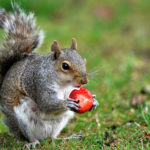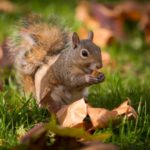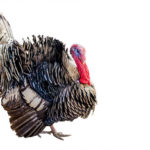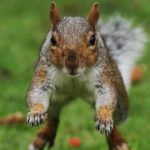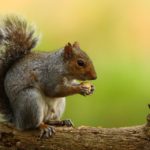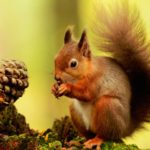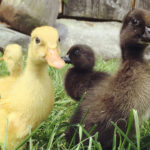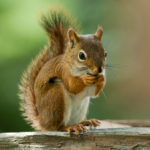Interesting facts about the Flying Squirrels
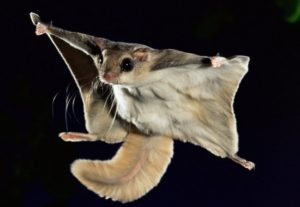 Flying squirrels are amazing creatures, which, however, are rarely seen alive, because they lead a nightly and, moreover, a very secretive way of life. Nevertheless, these harmless little animals seem very nice to many people.
Flying squirrels are amazing creatures, which, however, are rarely seen alive, because they lead a nightly and, moreover, a very secretive way of life. Nevertheless, these harmless little animals seem very nice to many people.
Flying squirrels are related to protein rodents. However, they are not proteins in the literal sense of the word.
Fly do not know how to fly, just plan, having jumped off from a height.
The flight range of the flying squirrel can reach 50-60 meters.
In captivity, flying squirrels live two or three times longer than in the wild, as they are often victims of predators because of their own harmlessness.
In Russia, flying squirrels also live, true, in this one of their species.
The ability to plan for the fly is given by a leather membrane covered with a fluffy short wool, connecting their front and hind legs.
Landing on the next tree, the fly always hides first, and then carefully looks around. This helps flyers to protect themselves from a sudden attack.
Flying squirrels are very peaceful animals. If necessary, they can even share their own nest with the one who needs this fellow.
The huge eyes of most species of flyers give out their nocturnal lifestyle. It is very difficult to see the daylight flyer.
Total flying flies include more than forty species, but they all know how to plan.
During the flight, the flying squirrels can be turned 180 degrees.
Unlike conventional protein, flying squirrels, feeding on nuts, are limited to making a small hole in the shell, rather than breaking the whole nut.
Soft feet of flying squirrels are used by them to mitigate the impact when landing.
In a single season, the average flying squirrel can collect twelve to fifteen thousand nuts.
Often the flying squirrels choose hollows made by woodpeckers for habitation.
The maximum recorded flight distance of the flying squirrel was ninety meters.
Cubs flying learn to fly at the age of one and a half months.

